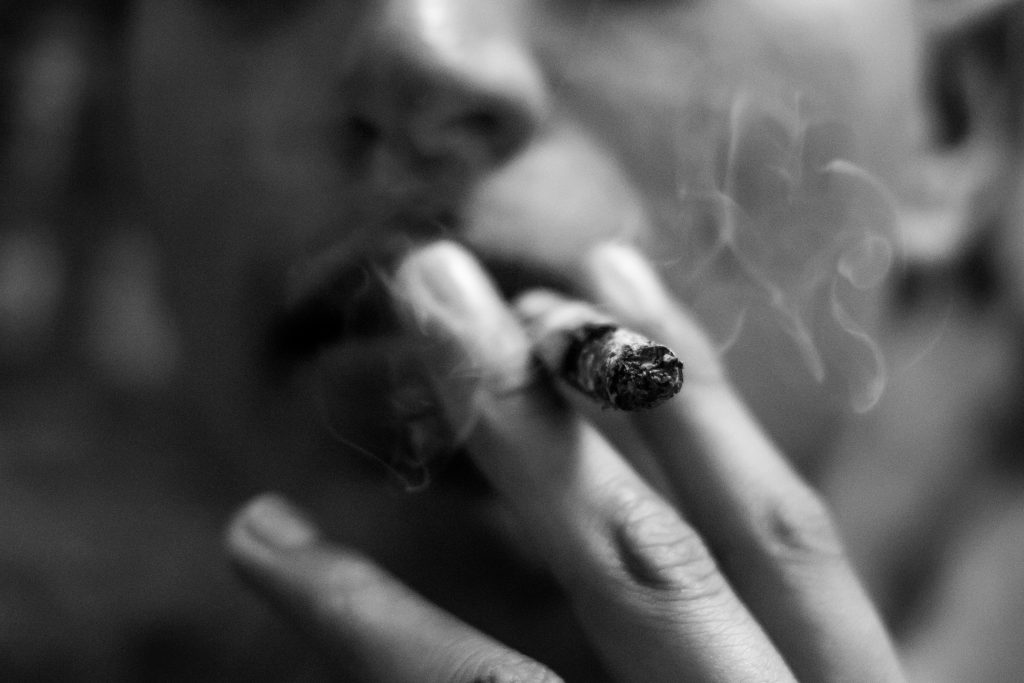People in Residential Buildings Smell Cannabis More Than Cigarette Smoke: U of T Researchers
September 11/2019
U of T researchers found that more people in apartment buildings and condos reported being exposed to cannabis smoke than to tobacco in the year before legalization.
In 2017, based on surveys of Ontario residents living in multi-unit dwellings, an estimated 800,000 people smelled cannabis smoke from hallways, other units or elsewhere in their buildings – while 700,000 detected tobacco smoke.
“I was surprised there were more reports of cannabis than tobacco,” says co-author Prof. Michael Chaiton of the Dalla Lana School of Public Health (DLSPH). “We’ve known anecdotally there had been increasing calls and complaints about cannabis smoke, but we hadn’t been able to quantify it until now.”
Chaiton and co-authors Alana K. Chu and Prof. Pamela Kaufman published their results Sept. 10 in the International Journal of Environmental Research and Public Health.
The team has been tracking exposure to tobacco smoke in residential buildings for many years, and recently they have become increasingly concerned about cannabis second-hand smoke. With legalization on the horizon in 2017, they asked people in multi-unit housing if they ever smelled cannabis smoke coming from hallways or other units.
Despite the surprising results, Chaiton says it’s very possible that the study underreported cannabis exposure, since the authors found people who consume cannabis themselves were more likely to report smelling it – suggesting that not everybody can identify cannabis by its pungent scent.
The study, the first to examine the prevalence of involuntary cannabis exposure in residential buildings, also showed that people of lower income, who more often live in multi-unit buildings, are at higher risk of exposure to second-hand smoke and any related health effects from other people’s cannabis use.

Credit: Dimitri Bang, Unsplash // 800,000 people reported smelling cannabis smoke from hallways, other units or elsewhere in their buildings – while 700,000 smelled tobacco smoke.
But those health effects are still to be determined. Third-hand smoke, the residue from smoke that clings to walls and furniture, and settles in dust, is a particular concern for tobacco because nicotine is sticky, and accumulates easily on surfaces like drapery, clothing and furniture. But Chaiton says researchers don’t yet know whether cannabis travels in the same way through apartment buildings, including ventilation systems, or how it contributes to third-hand smoke contamination.
The next step is to determine whether exposure reports will increase now since the 2018 legalization of cannabis – but it’s not a given that they will.
“If there are more people smoking cannabis or smoking more freely, indoor use in buildings may increase,” Chaiton says. “But on the other hand people may be more willing to go outside, lessening second-hand exposure indoors. As well, people may be less likely to report it to surveyors because it’s legal — or they may be more likely to complain if they have less fear of repercussions.”
Chaiton hopes the team’s results will contribute to the debate over whether to regulate cannabis like alcohol, and forbid consumption in public spaces, or like tobacco, where use is forbidden in indoor public spaces or near buildings.